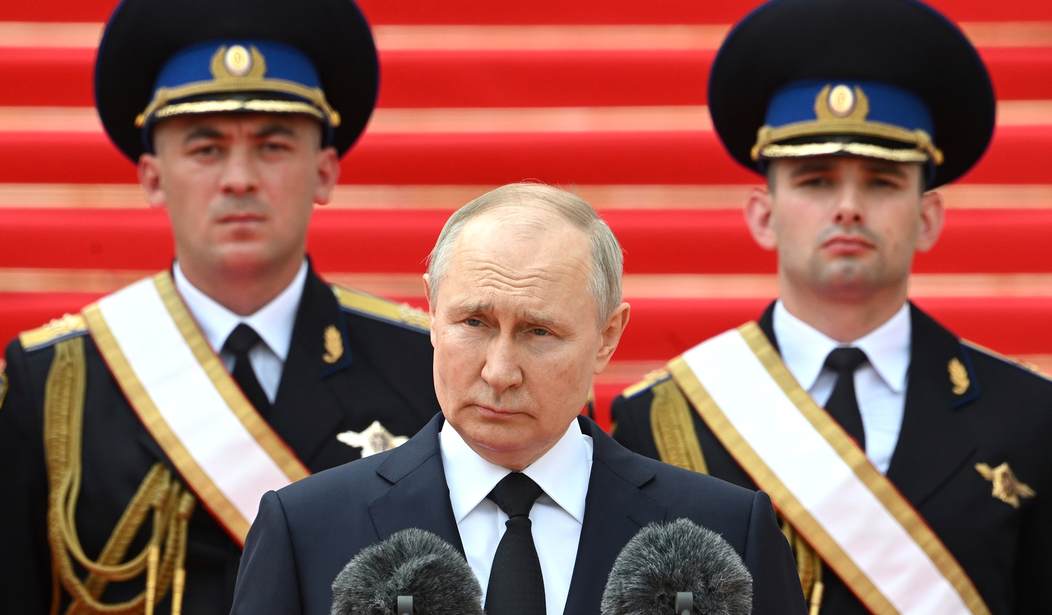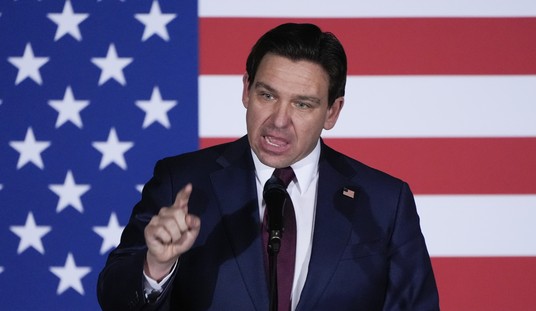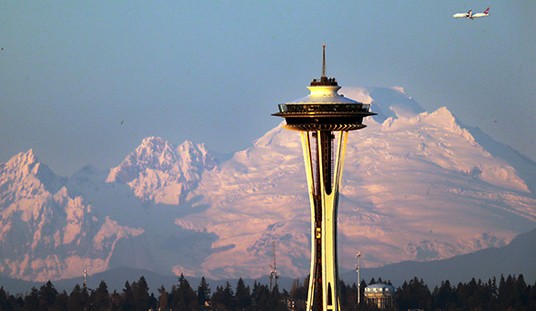Well, he’s been threatening to do it pretty much since the beginning of the invasion of Ukraine, so would it really be that shocking? During joint talks with Belarusian President Alexander Lukashenko earlier this month, Vladimir Putin almost casually mentioned that he had transferred some tactical nuclear weapons to Belarus. The unconfirmed claim is particularly worrying since Belarus sits on the border with Poland, a NATO ally and the southern border of Belarus is only a stone’s throw from Kyiv. And these weapons are small enough that they can be fitted on conventional bombs, missiles, artillery shells, or even a large drone similar to an MQ-9 Reaper. But for a variety of reasons, we can’t say for sure if the transfer actually took place or if Mad Vlad is really crazy enough to light one off.
Sometime this summer, if President Vladimir Putin can be believed, Russia moved some of its short-range nuclear weapons into Belarus, closer to Ukraine and onto NATO’s doorstep.
The declared deployment of the Russian weapons on the territory of its neighbor and loyal ally marks a new stage in the Kremlin’s nuclear saber-rattling over its invasion of Ukraine and another bid to discourage the West from increasing military support to Kyiv.
Neither Putin nor his Belarusian counterpart, Alexander Lukashenko, said how many were moved — only that Soviet-era facilities in the country were readied to accommodate them, and that Belarusian pilots and missile crews were trained to use them.
These tactical nukes (which the United States and other countries also have) shouldn’t be confused with the massive bombs we all attach to ICBMs. They tend to have a much lower yield, with some delivering as “little” as a one-kiloton explosion. That’s still one heck of a “boom” and could be devastating to troops and armored vehicles, not to mention all of the radiation exposure. But they aren’t the type of weapon that’s going to level a city.
You might be wondering, ‘Wouldn’t we know if they had done this?’ Possibly, but not necessarily. As the linked report points out, these nukes are small, with some of them being able to fit in a suitcase. They also have heavy shielding and don’t trip radiation sensors. And even if we did know about the move, the intelligence community would never release that information because then the Russians would be able to figure out how we detected the transfer.
The “best case” scenario here is that Putin is just engaging in more nuclear saber rattling, which he does on a regular basis. That’s unwise and increases the risk of escalation, but at least for now, it’s all just words. We still can’t ignore the worst-case scenarios, however. If Putin orders Lukashenko to deploy one of these weapons over Ukraine, the Belarusian president will do as he’s told. In that case, what happens next? Can the West really just ignore a mushroom cloud over a Ukrainian battlefield and respond with a strongly worded letter? Hit Putin with more sanctions? What would Joe Biden do? (We can pretend for the moment that he’s not already potentially compromised when it comes to both Ukraine and Russia.)
And then, of course, there is the even worse scenario. What if Putin doesn’t launch a tactical nuke at Ukraine but instead lights one off over Warsaw? The Polish capital is easily within range. That’s one of our NATO allies. We could literally go from the current position of a stalemate to being in a nuclear war with Russia and its allies in a matter of hours.
Are we still rejecting the idea of a negotiated settlement between Ukraine and Russia that’s brokered by some third party? Even if you’re opposed to some sort of “surrender” by Ukraine by default, the alternative could be much, much worse if Putin gets a bug up his backside one of these days and decides to go big rather than go home.








Join the conversation as a VIP Member